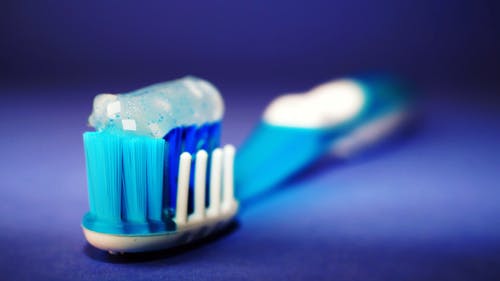People first notice your smile, which significantly impacts your confidence. Unfortunately, not everyone is born with perfect teeth. In addition to being unsightly, crooked teeth raise your risk of gum disease, periodontitis, tooth decay, and other medical conditions.
For the most part, you can correct crooked teeth. For your dental health and appearance, they are worthwhile even though they may seem expensive and time-consuming.
What Leads to Misaligned Teeth?
The human teeth are among the strongest tissues in the body. They are also necessary for eating, speaking, and smiling. However, teeth can occasionally become out of alignment. There are various possible causes for this, including
- Thumb sucking. The front teeth may be compressed when thumbsucking, leading to crooked teeth.
- Genetics. If your parents or grandparents had crooked teeth, you might also be more likely to have them.
- Dental hygiene issues. If you do not brush and floss frequently, tartar and plaque can build up on your teeth and cause them to become misshaped.
- A facial or mouth injury. A mouth or face injury can cause teeth to become out of alignment.
Ways to Fix Crooked Teeth
The first thing to do if you have crooked teeth is get an orthodontist’s evaluation at Wince Family Dental Associates. They will examine your teeth and decide the best course of action. Depending on the severity of your case, they may recommend one or a combination of the following treatments:
Braces
Traditional metal braces are the standard and efficient method for straightening severely crooked teeth. The teeth are gradually moved into the desired position by applying pressure with braces.
Retainers
It keeps the teeth in proper positions following orthodontic treatment, such as braces or invisible aligners. Additionally, you can use them over time to gradually modify the teeth.
Dental Veneers
Veneers are thin, individualized shells affixed to the front of teeth to enhance their aesthetics. The orthodontist can use them to fix minor problems with tooth position and shape.
Dental Bonding
A tooth-colored resin material is applied to their surface to make the teeth look better. You can use it to fix superficial cosmetic flaws and alignment problems.
Clear Aligners
An increasingly common alternative to braces is clear aligners like Invisalign. They use a series of clear, removable trays to reposition the teeth gradually. However, because they do not have the same force as conventional braces, they are not advised for use on complicated orthodontic problems.
You should contact them if you want to know Invisalign cost treatment in McPherson, KS.
Is Invisalign Appropriate for Children?
A well-known manufacturer of invisible braces for straightening teeth is Invisalign. Although it can be used on kids and teenagers, it is usually suggested for adults or older teenagers with all their permanent teeth. Most children have all of their adult teeth by the time they are 12 or 13. Some children, however, might not have them at these ages because every child’s development is unique.
If they do, children responsible and committed to adhering to the treatment plan may find Invisalign a good option. Remember that Invisalign demands consistent use of the aligners (at least 22 hours per day), appropriate cleaning and upkeep, and regular checkups with the orthodontist to ensure the treatment proceeds as intended.
In certain situations, children as young as nine may require braces due to orthodontic problems. Traditional braces might be a better choice in these circumstances.
The decision of whether or not Invisalign is a good option for a child should be made by an experienced pediatric dentist or orthodontist after a thorough evaluation of the child’s oral health and orthodontic needs. You can read more for additional information.
What Is Pediatric Dentistry?
Infants, kids, teenagers, and people with special needs are the primary targets of pediatric dentistry, a specialized field. Pediatric dentists have received specialized training to provide children with complete dental care, including preventative, restorative, and emergency care.
Pediatric dentists are educated to treat children’s teeth with age-appropriate care and make dental visits enjoyable. They try to build a trusting relationship with the parents of their young patients and make every dental appointment pleasant. They also advise on diet and nutrition and teach parents and kids about proper oral hygiene procedures. To determine if Invisalign is appropriate for your child, consult a pediatric dentist.
Conclusion
For good oral health, brushing, flossing, and smiling is insufficient. It involves maintaining the health of our teeth, gums, and other oral tissues so that we can eat, speak, and engage in social interactions without suffering. On the other hand, having crooked teeth can be both embarrassing and unhealthy. They may undermine your self-worth and confidence, causing you to feel anxious about your appearance and smile. Consult a skilled pediatric dentist or orthodontist to decide the best course of treatment for your requirements.


